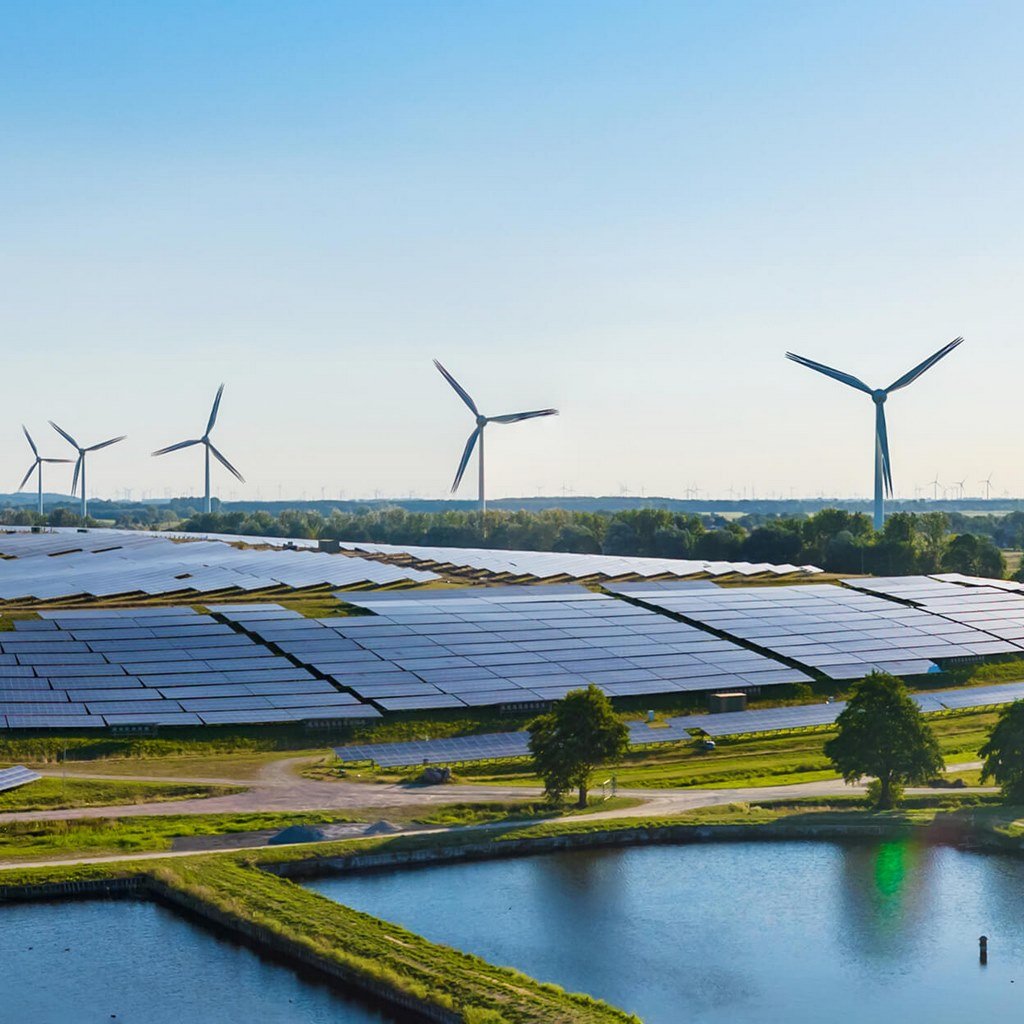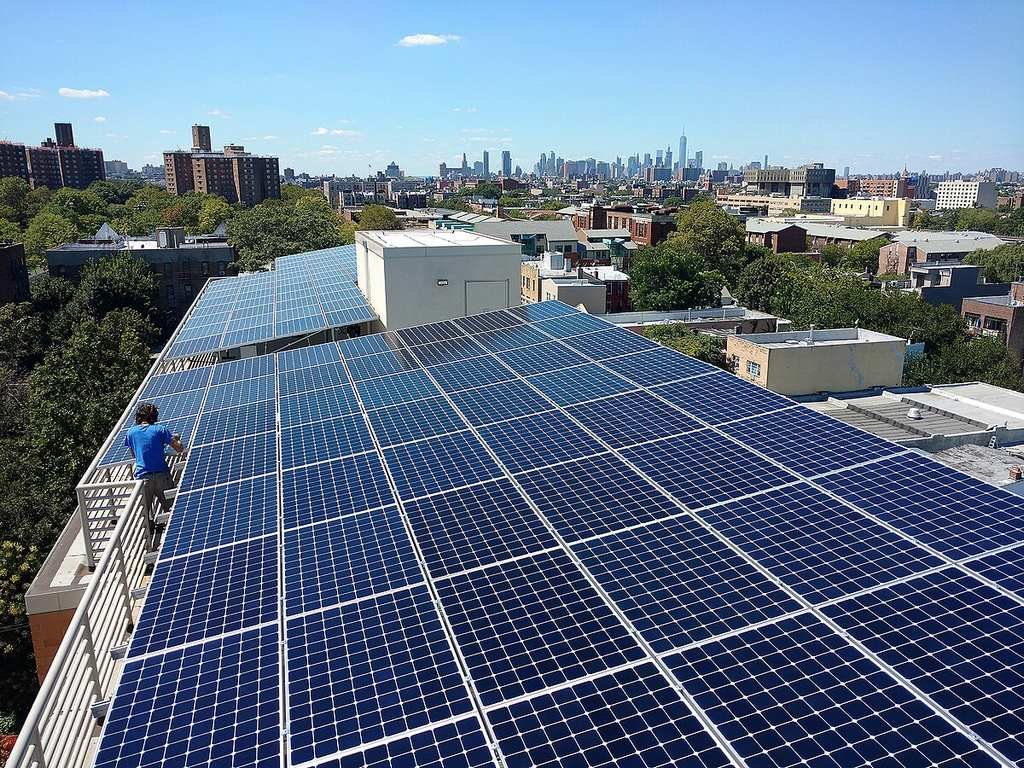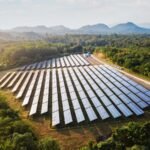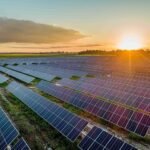Emerging markets are becoming a powerful force in the global transition toward renewable energy. As energy demand surges and climate commitments intensify, solar energy—particularly through advanced photovoltaic system deployments—has emerged as a cost-effective, scalable, and sustainable solution.
Solar Energy in Emerging Markets: Opportunities and Risks
Steelbridge Export made this article for investors, project developers, and policymakers, understanding the unique opportunities and risks in these regions is critical for maximizing returns while minimizing exposure.
Why Emerging Markets Are Prime for Solar Energy Growth
The rapid adoption of photovoltaic systems in emerging economies is fueled by several structural factors:
Abundant Solar Resources: Many developing countries are located in high-irradiance regions, making solar energy an obvious choice for expanding power generation.
Falling Technology Costs: The cost of PV modules, inverters, and installation has dropped dramatically, allowing for larger photovoltaic system projects with higher ROI.
Energy Access Goals: Millions in rural areas lack reliable electricity, creating a demand for decentralized solar solutions.
Government Incentives: Policies such as feed-in tariffs, tax credits, and renewable energy targets are accelerating market adoption.
Opportunities in Photovoltaic System Investments
Utility-Scale Solar Expansion
Emerging markets are increasingly hosting large-scale solar farms, creating lucrative opportunities for EPC contractors, financiers, and technology providers.Off-Grid and Mini-Grid Solutions
A well-designed photovoltaic system can bring affordable electricity to remote communities and industrial operations far from the main grid.Public-Private Partnerships (PPPs)
Collaboration between governments and private investors reduces project risk while ensuring long-term power purchase agreements (PPAs).Corporate PPA Growth
Multinationals are sourcing clean energy through local solar power developers to meet sustainability goals.Innovative Financing Models
Emerging markets often leverage blended finance, concessional loans, and climate funds to make solar energy projects bankable.
Key Risks in Emerging Market Solar Development
While the growth potential is undeniable, photovoltaic system projects in emerging economies carry unique challenges:
Regulatory Uncertainty: Sudden changes in tariffs or subsidy schemes can impact profitability.
Currency Volatility: Exchange rate fluctuations can erode returns for foreign investors.
Grid Stability Issues: Weak transmission infrastructure may limit the integration of large-scale solar projects.
Political and Social Risks: Land acquisition, community opposition, or political instability can cause delays.
Financing Constraints: Access to long-term capital at competitive rates remains a hurdle in many markets.
Related Articles: What Investors Need to Know About EPCF Contracts in Solar Projects
Mitigating Risks for Long-Term Success
Investors and developers should adopt a proactive approach:
Due Diligence: Conduct comprehensive feasibility studies and legal assessments before committing capital.
Partner with Local Experts: Local EPC firms and consultants understand the regulatory and cultural landscape.
Currency Hedging: Use financial instruments to protect against exchange rate swings.
Hybrid Energy Models: Combine photovoltaic systems with battery storage to enhance reliability.
 The Road Ahead for Photovoltaic Systems in Emerging Markets
The Road Ahead for Photovoltaic Systems in Emerging Markets
As global pressure to decarbonize intensifies, solar energy in emerging markets will play a central role in meeting demand sustainably. The combination of technological advancements, investor appetite, and supportive policies is creating a fertile environment for growth. However, success will depend on identifying markets with transparent regulations, stable governance, and long-term investment security.
For those willing to navigate the complexities, the rewards are substantial: strong financial returns, positive environmental impact, and leadership in the global clean energy transformation.
5 Frequently Asked Questions (FAQs)
- 1. Why are emerging markets attractive for photovoltaic system investments?
They offer high solar irradiance, low labor costs, and expanding electricity demand. - 2. What are the biggest risks in emerging market solar energy projects?
Regulatory uncertainty, financing challenges, and political instability are key concerns. - 3. How can risks be mitigated in these markets?
By partnering with local experts, using currency hedging, and securing long-term PPAs. - 4. Are off-grid photovoltaic systems viable in remote regions?
Yes, they provide affordable and reliable power where grid access is limited. - 5. What role do international investors play in these projects?
They bring capital, technology, and expertise, often working through public-private partnerships.
– ge.com





 The Road Ahead for Photovoltaic Systems in Emerging Markets
The Road Ahead for Photovoltaic Systems in Emerging Markets



